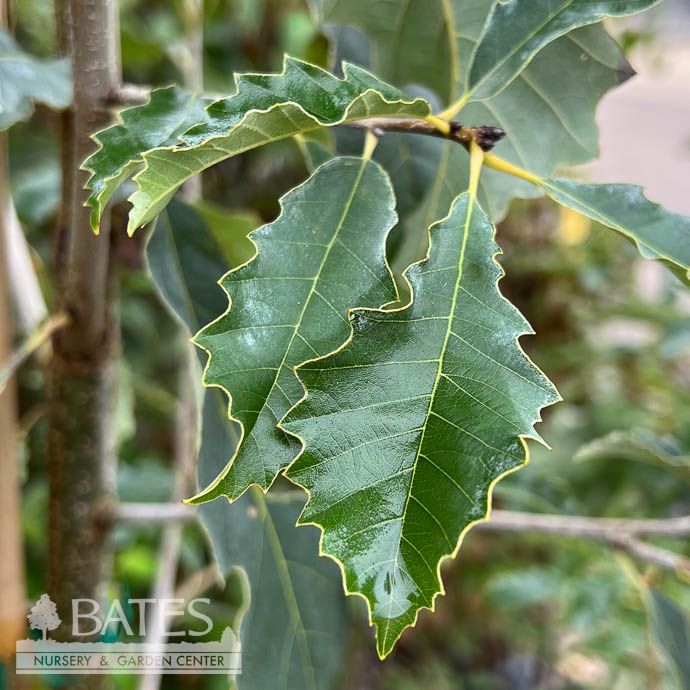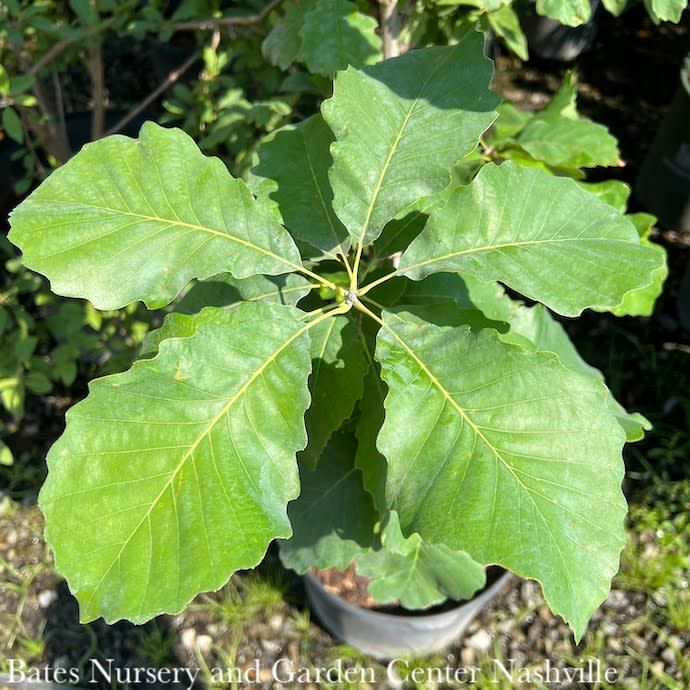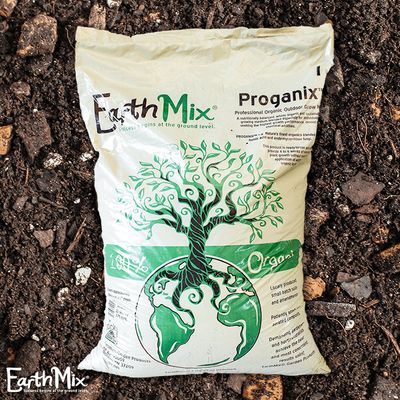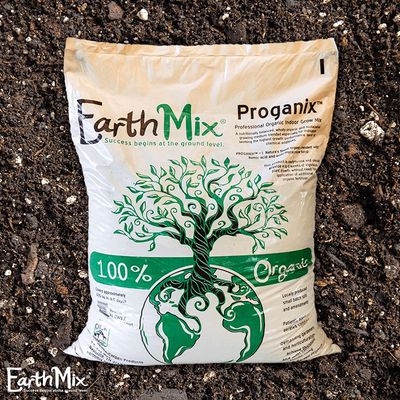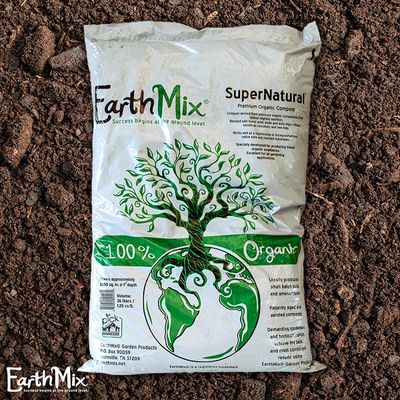#7 Quercus muehlenbergii/ Chinkapin (Chinquapin) Oak Native (TN)
#7 Quercus muehlenbergii/ Chinkapin (Chinquapin) Oak Native (TN)
SCIENTIFIC NAME: Quercus muehlenbergii
COMMON NAME: Chinkapin Oak
GARDEN SIZE: 40–60 ft. tall x 50–70 ft. wide
GROWTH RATE: up to 2-3 ft. per year under ideal conditions
USDA ZONE: 5–7
EXPOSURE: Full sun
WATER & SOIL: Dry to medium moisture; grows best in well-drained soils; prefers moist fertile loams in cultivation but also tolerates dry, rocky, alkaline soils
HABIT (FORM): Medium-sized deciduous tree with an open globular crown
FOLIAGE: Deciduous; narrow, oblong-lanceolate, shiny green leaves (4–7" long) with coarse marginal teeth; resembles chestnut leaves; fall color is variable, usually yellow to brown
FLOWERS: Insignificant; yellowish-green catkins
BLOOM TIME: April
PLANT ORIGIN: Central and Eastern United States
WILDLIFE SUPPORT: Provides acorns for wildlife such as birds, squirrels, and deer; valuable for habitat and cover. Oaks are one of the most important, if not the most important, host plants for local insects.
FERTILIZING: Fertilizer not recommended. If desired, you may top dress with no more than 1 inch of organic compost per season.
PRUNING: Prune in late winter to maintain structure and remove dead or damaged branches
USES: Shade tree for large lawns, parks, or naturalized areas; uncommonly cultivated but appreciated for its ornamental qualities
